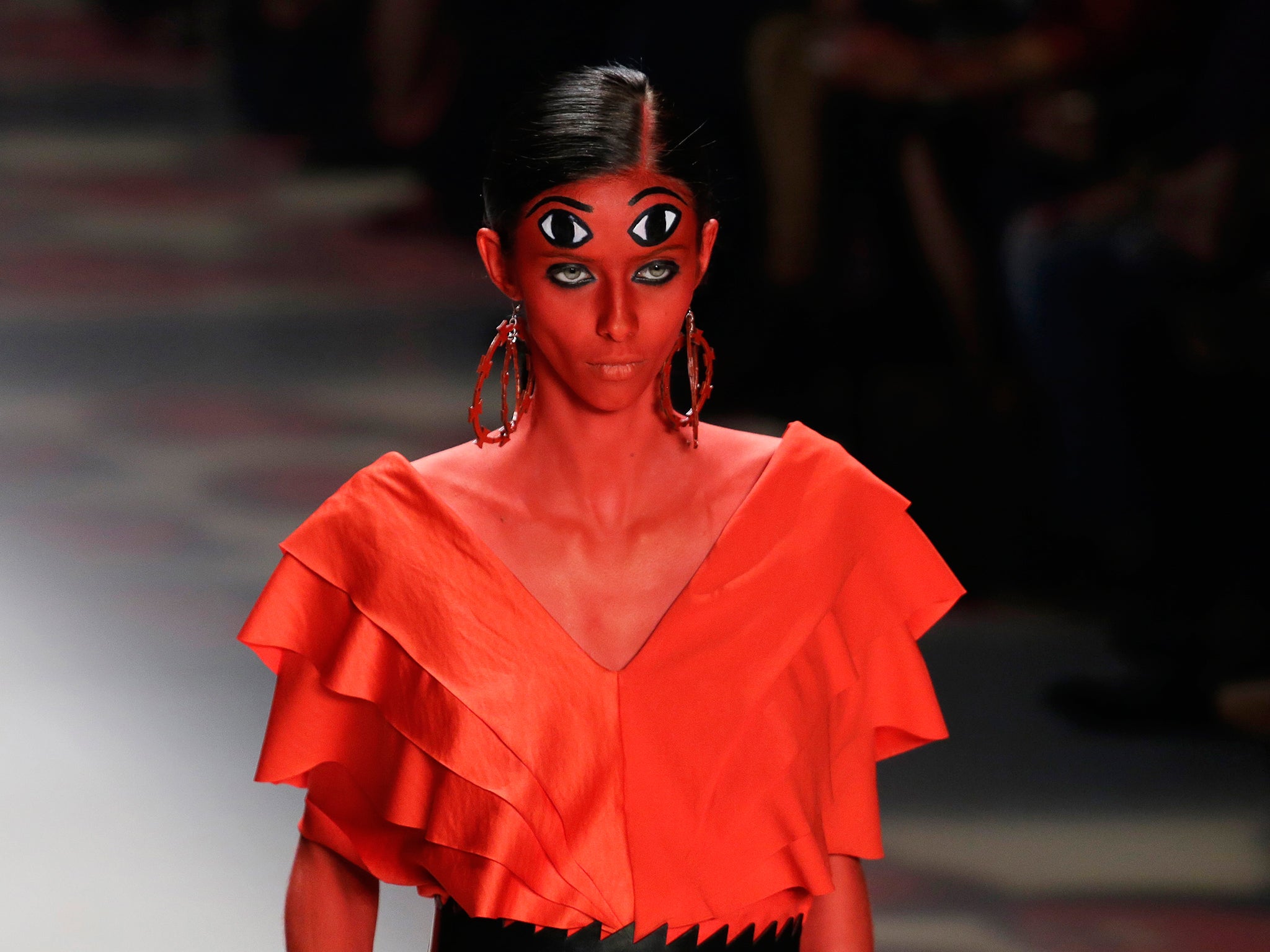Trends move so fast, so what does it really mean to be new?
With incessantly rising and falling stock markets and civil unrest, these are uncertain times

Fashion, it’s frequently said, should reflect the times in which it is created. And, despite its naysayers, it usually does. Look at the 1980s: the postmodern mishmash of Memphis’s furniture, Philip Johnson’s architecture and Julian Schnabel’s plate paintings found a counterpart in the clothes of Christian Lacroix and Karl Lagerfeld. In the 1990s, the brutalism of the Young British Artists was reflected in the harsh, visceral designs of Alexander McQueen and Hussein Chalayan.
Today? Well, with incessantly rising and falling stock markets and civil unrest, these are uncertain times. Maybe that’s why there’s an increasing degree of uncertainty to the propositions we’re seeing. Trends are an odd notion – there’s either famine, or a surfeit: indeed, it’s difficult to pinpoint which are important and which just constitute half a dozen designers having the same hare-brained idea at the same time.
Or, indeed, half a dozen designers looking at the same reference points. The main trend of spring/summer was, after all, the 1970s. Again. For autumn/winter? It’s the 1980s! And there was something from the 1990s in between, for the pre-fall collections, in all that nylon and Prada Sport-y stuff (at Prada and elsewhere), and the era’s rehashed baby-doll dresses. They didn’t even bother going back to the originals.
Uncertain times, it seems, call for desperate measures. That’s why, perhaps, we’re seeing this ever-faster cycle of retro referencing. As opposed to the 1990s – an entire decade dominated, by and large, by 1970s revivalism – our current revivals don’t even seem to last a season. Though with the pre-collections, there are now twice as many of those.
Maybe it’s not about uncertainty. Maybe it’s about ADHD. Who doesn’t read a magazine, while watching television, possibly online, with half a dozen tabs open?
Sound healthy? Hell, no! But that’s how we get our fashion today, borne of odd juxtapositions, meaningless anti-chronological mashing of decades, and a search for the next, which, it’s presumed, is the next best thing.
Every fashion chief executive I talk to places an emphasis on the idea of “newness”. That’s the word that’s parroted again and again around the pre-collections, which are rolling out as we speak in New York City. What they really mean, of course, is novelty. It doesn’t have to be “new” in the sense of original, but “new” in the sense of sort-of-forgot-about-that. New as in recently acquired, rather than freshly made.
That sounds negative. It’s not – as long as designers are eager to push through to find something different in that which seems familiar, rather than presenting collections that resemble a Google Images search of stuff we already knew was out there. No one should want to define their time as boring.
Subscribe to Independent Premium to bookmark this article
Want to bookmark your favourite articles and stories to read or reference later? Start your Independent Premium subscription today.

Join our commenting forum
Join thought-provoking conversations, follow other Independent readers and see their replies